WHAT IT IS:
As Michael Linsin notes (author of The Classroom Management Secret, Dream Class, and more), classroom boundaries are the answer to the question “Is this okay right now?” Boundaries can be thought of as classroom rules and expectations, as well.
HOW IT WORKS:
To clearly define, “Rules, after all, establish the boundaries that protect learning. They define very specifically for students what misbehavior is and what it looks like.” (Linsin) In order to be effective in establishing these boundaries, the teacher should first consider what misbehaviors are possible. One approach to doing this could be Linsin’s approach noted here.
In short,
- write out all the misbehaviors you can imagine from your students.
- Once done, note for each misbehavior whether it is covered by your existing classroom rules/expectations (if so, specify which).
- After doing so, further note any misbehaviors remaining–those that are therefore not covered by an existing rule and expectation.
- Finally, determine whether the revision of a rule might help or the creation of a new rule.
- Additionally, consider whether any of your existing rules cover few or no misbehaviors (it can be just as valuable to scrap unnecessary rules too!).
After completing this exercise, the teacher should then consider how best to teach the boundaries to students so that students know with absolute clarity “where that razor-thin boundary line is and what, step by step, happens if they cross it.” (Linsin)
RESOURCES & EXAMPLES:
Read more from Michael Linsin about guidelines for enforcing rules and boundaries.
Read more from Michael Linsin about why rules are more important than consequences.
Read more from Michael Linsin about How To Eliminate The Gray Area From Your Class Rules.

